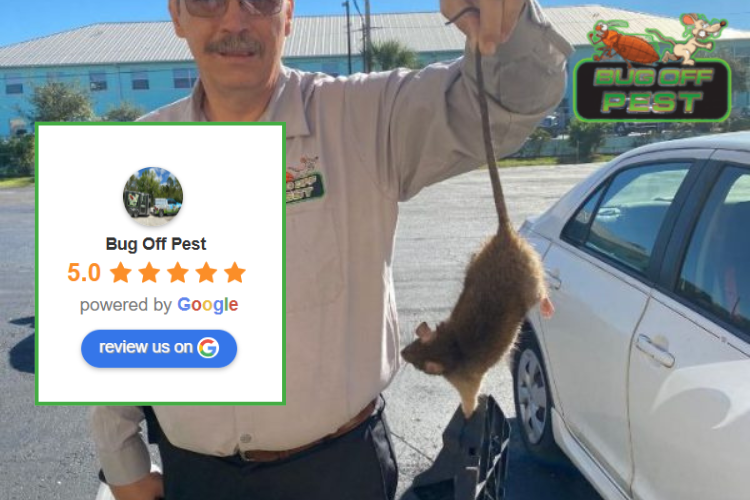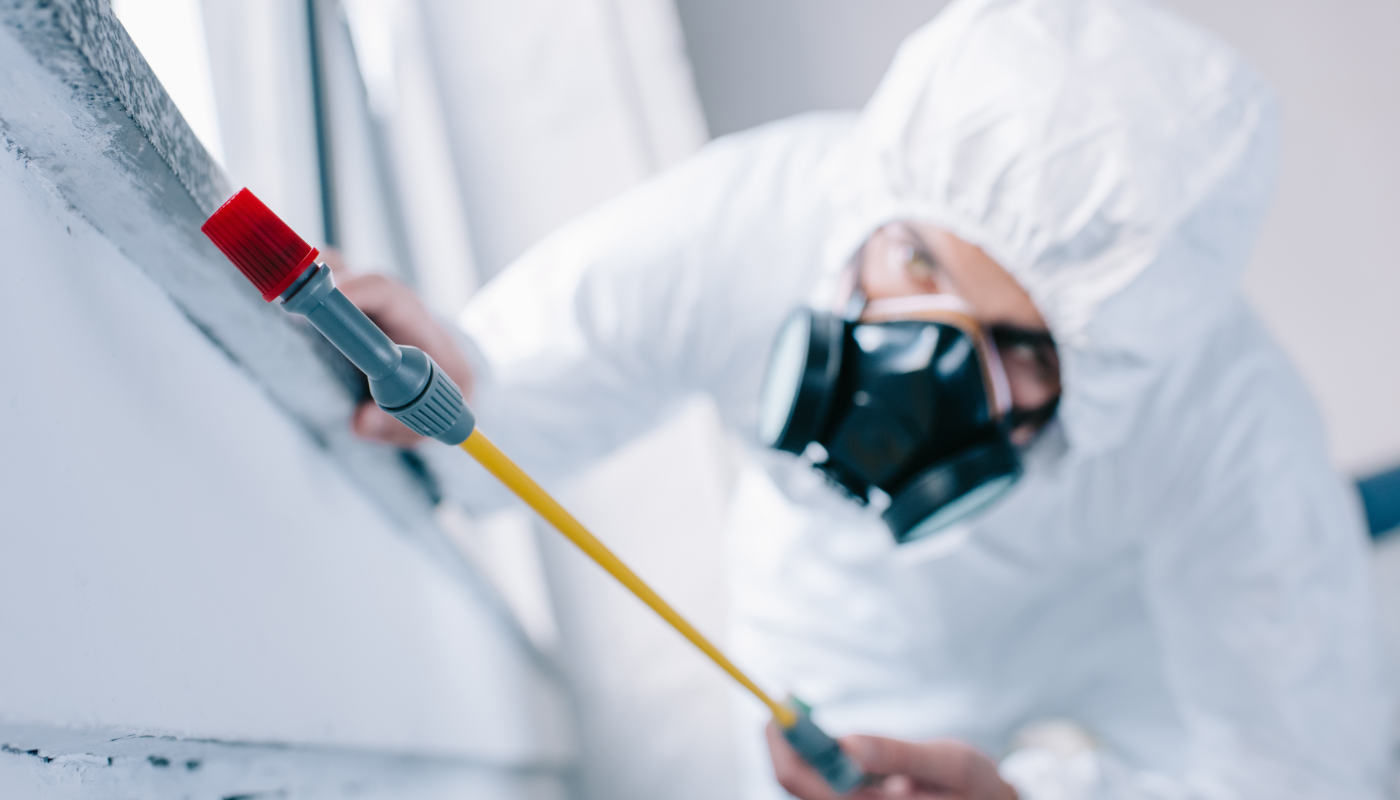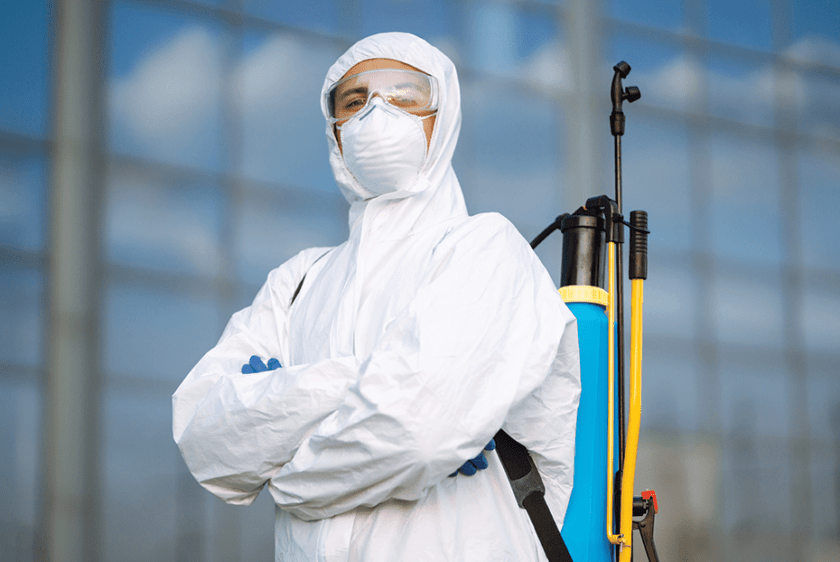Trusted Wildlife Removal Services in Port Charlotte to Easily Remove Pests
Discover the Most Current Developments in Insect Control and Exactly How to Execute Reliable Therapy Solutions
In recent years, the field of pest control has witnessed substantial innovations, driven by the need for reliable and lasting treatment options. Ingenious approaches such as Integrated Pest Monitoring (IPM) integrate environmentally friendly techniques with innovative technology, boosting both efficacy and ecological obligation.
Eco-Friendly Bug Control Options
Recently, the need for eco-friendly bug control choices has risen as businesses and home owners alike look for sustainable alternatives to conventional chemical therapies. This shift is driven by growing ecological recognition and a need to reduce the health dangers related to synthetic pesticides.

Environment-friendly bug control techniques incorporate a variety of approaches that prioritize the usage of natural compounds and techniques. Integrated Bug Monitoring (IPM) is one such strategy, integrating organic, cultural, and mechanical strategies to take care of parasite populaces while reducing reliance on chemicals (Wildlife removal services). This all natural method emphasizes avoidance with habitat control and the introduction of natural killers, therefore promoting a well balanced community
One more popular choice is using herb chemicals originated from plants, which tend to be less unsafe to non-target microorganisms. Products like neem oil and diatomaceous planet have gained grip for their performance in controlling parasites while positioning marginal dangers to human wellness and the environment.
Additionally, exclusion strategies, such as securing access factors and maintaining sanitation, play a vital duty in green bug administration. By embracing these sustainable practices, companies and people can successfully take care of insects while promoting a much healthier planet for future generations.
Smart Modern Technology in Bug Monitoring
Technology is improving the landscape of insect management, with smart modern technology arising as a critical force in boosting effectiveness and effectiveness - Wildlife removal services. The integration of Net of Things (IoT) gadgets, synthetic intelligence (AI), and information analytics is changing just how parasite control experts approach problems
Smart catches equipped with sensors can detect pest activity in real-time, sending instant signals to drivers. This permits timely actions, reducing damages and lowering the demand for considerable treatments. In addition, AI algorithms examine historic information to anticipate insect behavior, allowing proactive treatments based on ecological problems and invasion patterns.
Drones and computerized vehicles are also playing a substantial role in pest administration, offering airborne evaluations of huge areas, recognizing hotspots, and also distributing targeted therapies. These technologies not just enhance procedures but additionally boost safety and security by restricting human direct exposure to potentially unsafe chemicals.
Additionally, mobile applications empower customers to monitor bug task and access specialist recommendations, fostering a joint strategy to pest monitoring. Overall, the fostering of wise modern technology is setting a brand-new requirement in bug control, emphasizing data-driven decisions and lasting practices that ultimately profit both professionals and property owners alike.
Integrated Bug Administration Techniques
Integrated Insect Monitoring (IPM) utilizes a holistic approach to pest control, combining different strategies to successfully manage insect populaces while decreasing dangers to human health and the environment. IPM revolves around rodent exterminator near me recognizing the pest life process, their all-natural adversaries, and the ecosystem in which they flourish.
One of the essential parts of IPM is monitoring pest populations through normal assessments and information collection. This enables the recognition of bug limits, determining when intervention is required. Cultural techniques, such as crop habitat, sanitation, and turning control, are vital in reducing parasite occurrence and promoting plant wellness.
Mechanical controls, consisting of traps go to this site and barriers, are likewise vital in IPM. These techniques can literally eliminate or discourage insects without making use of chemicals. When needed, the cautious application of chemical controls is employed, concentrating on targeted therapies that decrease ecological influence.
Education and learning and cooperation among stakeholders, consisting of farmers, bug control experts, and the area, are vital for the effective execution of IPM methods. By focusing on sustainable practices, IPM not just addresses pest concerns however also promotes a healthier environment.
Biological Control Approaches
Many biological control approaches are significantly acknowledged for their performance in managing pest populations while promoting eco-friendly balance. These methods harness natural killers, bloodsuckers, and virus to decrease pest numbers without depending on artificial chemicals. The introduction of ladybugs can efficiently control aphid populaces, while nematodes target soil-dwelling insect larvae.
In addition, using microbial chemicals, such as Bacillus thuringiensis (Bt), supplies an ecologically pleasant alternative for handling caterpillar insects. These products particularly target pest species, minimizing harm to useful insects and pollinators. Additionally, preservation organic control emphasizes boosting environments for all-natural enemies, such as birds and advantageous pests, thus urging their visibility in farming systems.
Study remains to disclose innovative strategies within this area, such as making use of scents to interrupt pest mating patterns or the development of biocontrol agents via hereditary design. Applying these methods can bring about lasting bug management techniques that reduce the dependence on chemical treatments, ultimately promoting healthier environments. As understanding of these strategies grows, they are becoming indispensable parts of integrated insect monitoring (IPM) approaches, using an equilibrium in between reliable pest control and environmental stewardship.
DIY Bug Control Solutions
As homeowners look for effective means to tackle parasite problems, DIY parasite control options have actually gotten popularity for their termite control in house access and cost-effectiveness. These approaches empower individuals to attend to invasions making use of easily available materials and strategies, usually without the need for professional intervention.

Additionally, preserving correct cleanliness and normal examinations can protect against pest entrance and nesting (Wildlife removal services). Simple methods, such as securing cracks, getting rid of food resources, and decluttering, can substantially decrease pest populaces. Traps, both homemade and commercially offered, can additionally supply efficient solutions for surveillance and controlling certain insects like pests or rodents

Verdict
The assimilation of environmentally friendly parasite control options, wise technology, and ingenious monitoring strategies presents a detailed strategy to effective bug management. By accepting Integrated Bug Monitoring (IPM) and utilizing organic control methods, together with Do it yourself solutions, lasting and accountable parasite control can be accomplished.
Environmentally friendly parasite control methods include an array of approaches that focus on the use of natural compounds and techniques. Integrated Insect Monitoring (IPM) is one such approach, incorporating organic, social, and mechanical methods to take care of pest populations while decreasing dependence on chemicals. As recognition of these strategies expands, they are coming to be integral components of incorporated bug administration (IPM) strategies, providing an equilibrium in between reliable insect control and ecological stewardship.
The assimilation of eco-friendly pest control alternatives, clever modern technology, and ingenious monitoring methods offers a thorough technique to efficient insect management. By embracing Integrated Parasite Administration (IPM) and using organic control techniques, along with DIY solutions, responsible and lasting bug control can be achieved.